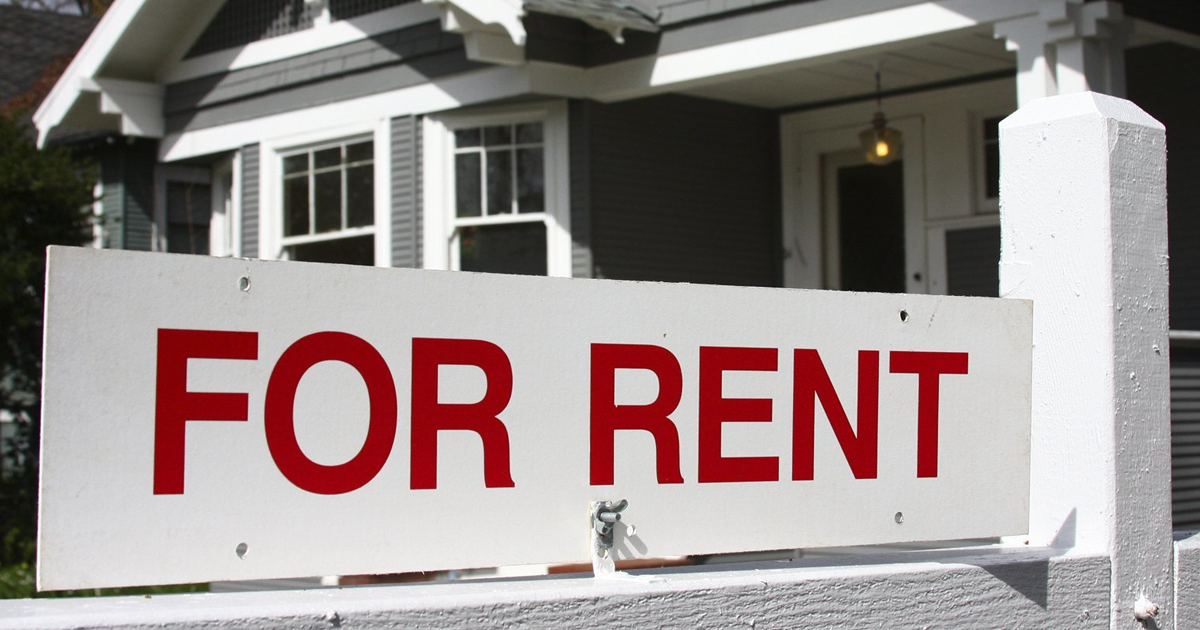While investing in fix and flips is great way for investors of all experience levels to build wealth and knowledge, there may come a point in your career when you want to expand your arsenal and take advantage of different investment opportunities.
One other common strategy is to buy, rehab, and rent out investment properties for long-term rental income. There are pros and cons to every investment strategy, and investing in rental properties is no exception.
Pros Of Investing In Rental Properties
Steady Cash Flow
Working full-time as a real estate investor is optimal for making it big, but if you work full-time flipping houses you are giving up any steady stream of cash you may have had with a full or part-time job. Fix and flip investing will likely provide sums of cash a couple times a year, but if you run out of money in between there is not much you can do except borrow more.
If you include rentals in your investment strategy, you mitigate that problem. You can still work as a full-time real estate investor, but you could have several thousand dollars coming in each month as your tenants pay their rent. That means you’re less likely to be handicapped on issues with other projects and better able to recover if you end up selling a property for less than you hoped.
Maximize Property Use
This pro is especially powerful if you can acquire a property in a highly desirable location. With a flip, you sell the home to one person or family one time; if you are planning to rent the property out, you can convert a two-story single-family home into more than one rental unit.
You can capitalize on your location because each tenant is willing to pay more to be close to the office or the beach or the city, or whatever it is that makes the location of your property valuable. If you are renting to four families, you can charge more in total than you would for one family alone, allowing you to maximize the return on your investment.
Hold Investments Longer
If demand is low and prices are on the rise when you complete your fix and flip project, you can rent out the property while you wait for the optimal conditions to sell. Alternatively, if prices dropped while you were renovating your property, you have the option of waiting out the cycle and selling when the market is healthy again.
Passive Investment
It takes less time to manage rentals than to consistently flip properties. When you are flipping a house, you need to be involved constantly, there are always new problems that need to be solved, and you have to stick to a strict time frame and budget.
If you get a good tenant to sign a lease for a year, you spend far less time dealing with the rental than you do with a flip. You always need to monitor your property, of course, but you only really need to get involved if your tenant has a major problem. Holding rentals with long-term leases requires less hours on the job, freeing your time up so you can make money on other projects.
Cons Of Investing In Rental Properties
The Hassle
Although you don’t need to put as many hours into managing rentals, those hours may be more challenging than the hours you put into a fix and flip. If you aren’t using a property management firm, you need to find tenants, handle complaints, and deal with any legal issues that arise.
As a landlord, you have a certain degree of responsibility to your tenants; if there is a leaky ceiling or a broken dishwasher, they will expect you to deal with it immediately. These issues may arise at inconvenient times, but if you want to maintain the positive image of your properties and keep your renters happy, you may need to set other responsibilities aside to help solve these problems.
Tenant Risk
Not all tenants are ideal, and not all tenants are going to pay their rent on time each month. You may need to reach out several times to get your tenants to pay their bills, they may dispute utility charges, and sometimes they may not have the cash to pay. Renters will ask for extensions and may break their lease agreements, leaving you with unoccupied units.
If a tenant refuses to pay and refuses to leave, you may need to enter into a lengthy legal battle to forcefully evict them. It starts with you giving your tenants notice; if they do not leave by the specified time (3 days, 10 days, or 20 days, depending on the reason), you must have a neutral third party serve a Summons and Complaint, after which you can file for an eviction in court.
Long-Term Liability
Just as you can benefit from holding a property as prices increase, you can lose out by holding a property if prices go down. With fix and flips, once you sell the property, you have cash in your pocket and can move on from the project. With a buy-and-hold strategy, you are liable for the property for the foreseeable future.
Holding a property longer increases the risk of the investment; if the market crashes, if the property value decreases, or if the building is damaged, you are the one who has to pay.
Additional Costs
Owning a rental property means that you’re likely to incur additional expenses throughout the year including taxes, fees, and insurance. Your tenant’s rent should cover these and then some, but it goes without saying that these costs will detract from your total profit.
Even if your tenants stop paying, you are still responsible for these expenses, so keep them in mind when you are deciding whether or not to invest in rentals.
If you’re ready to take on a buy, rehab, and rent investment project Asset Based Lending is here to help. We’ve solved the problem of transitioning from a hard money purchase and rehab loan into a permanent takeout. Learn more here.







0 Comments